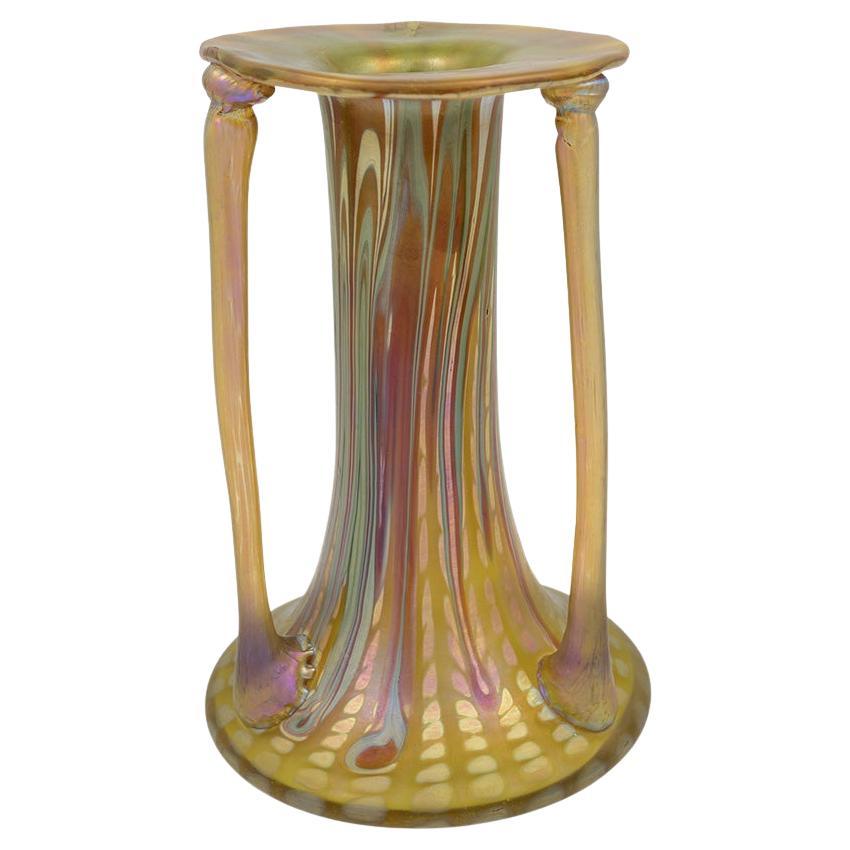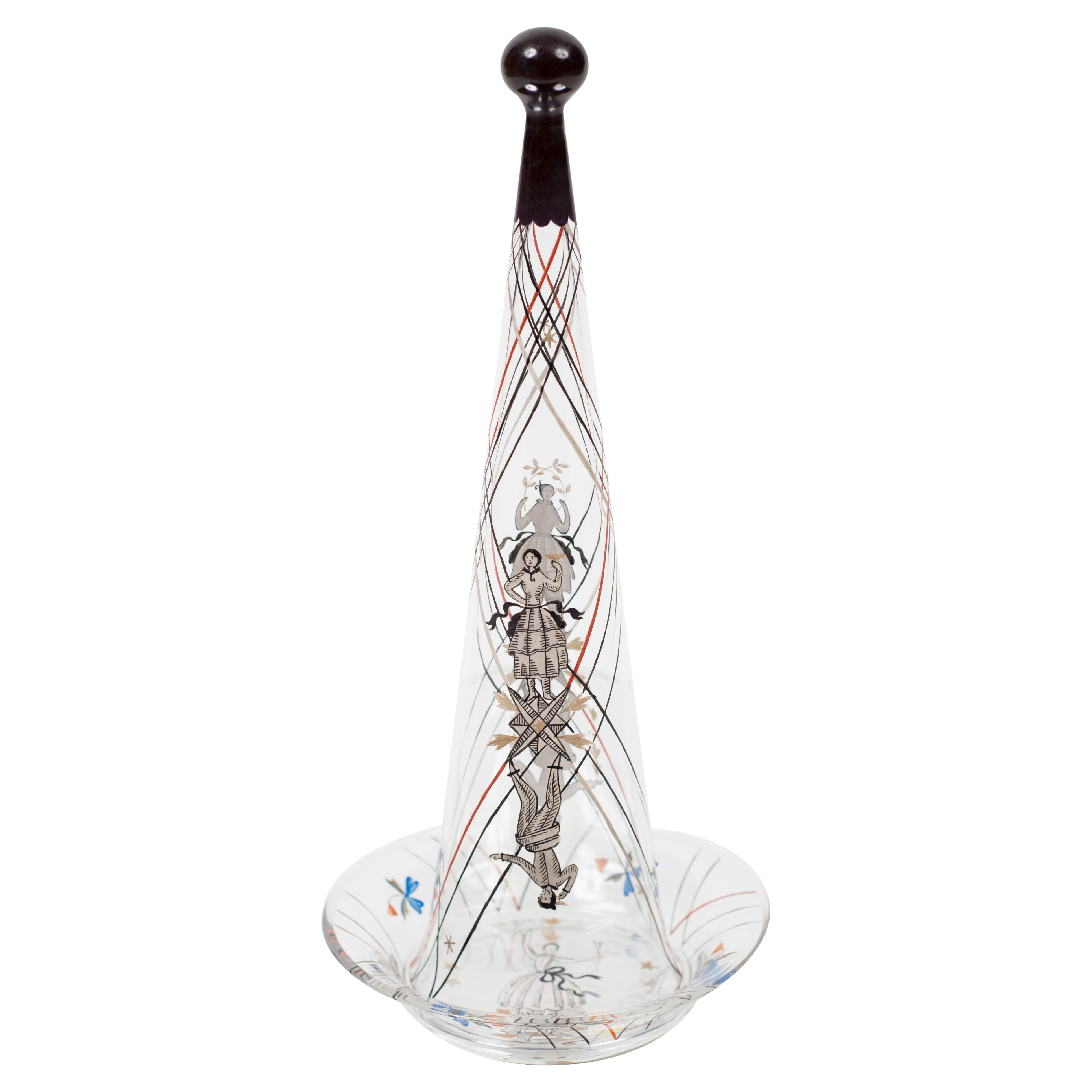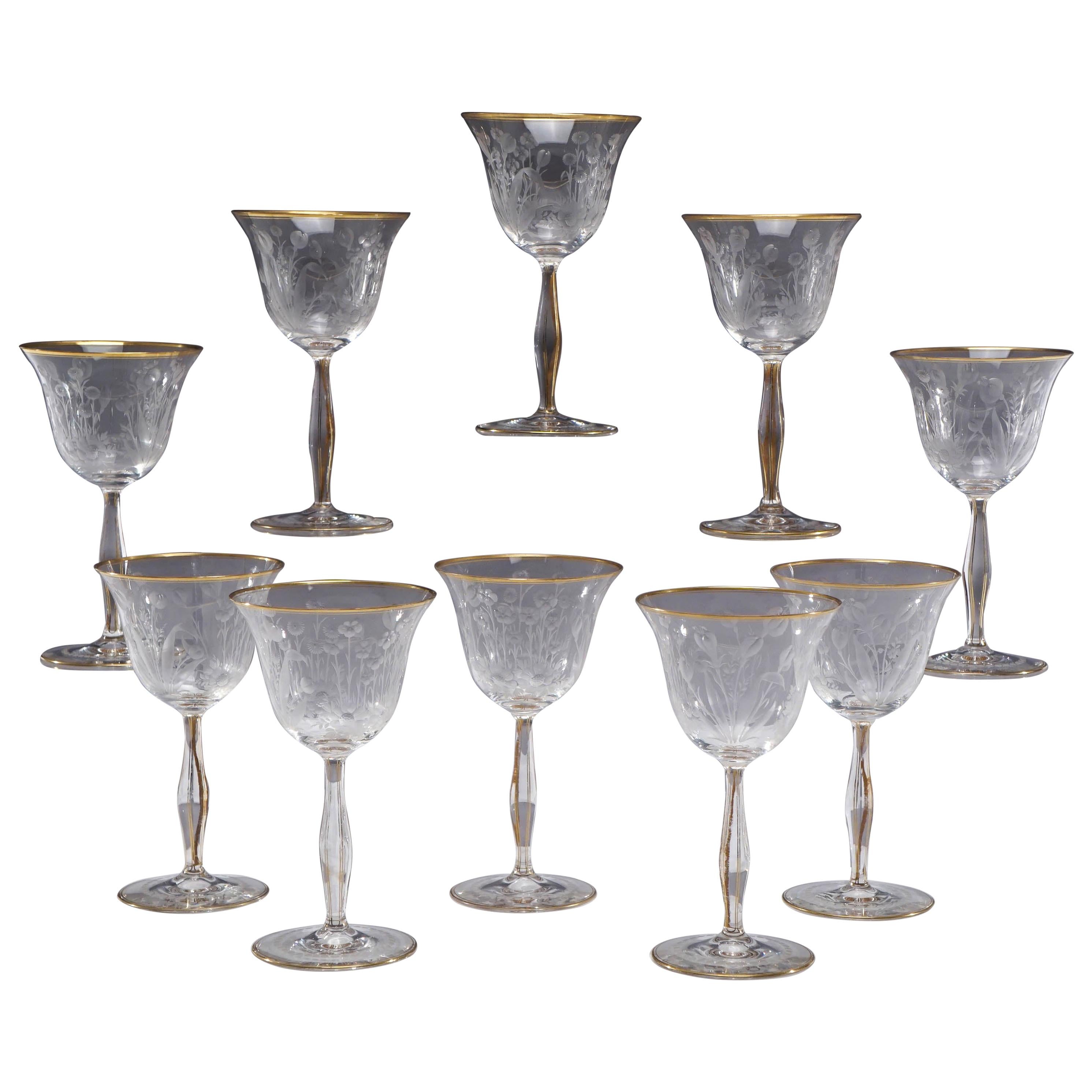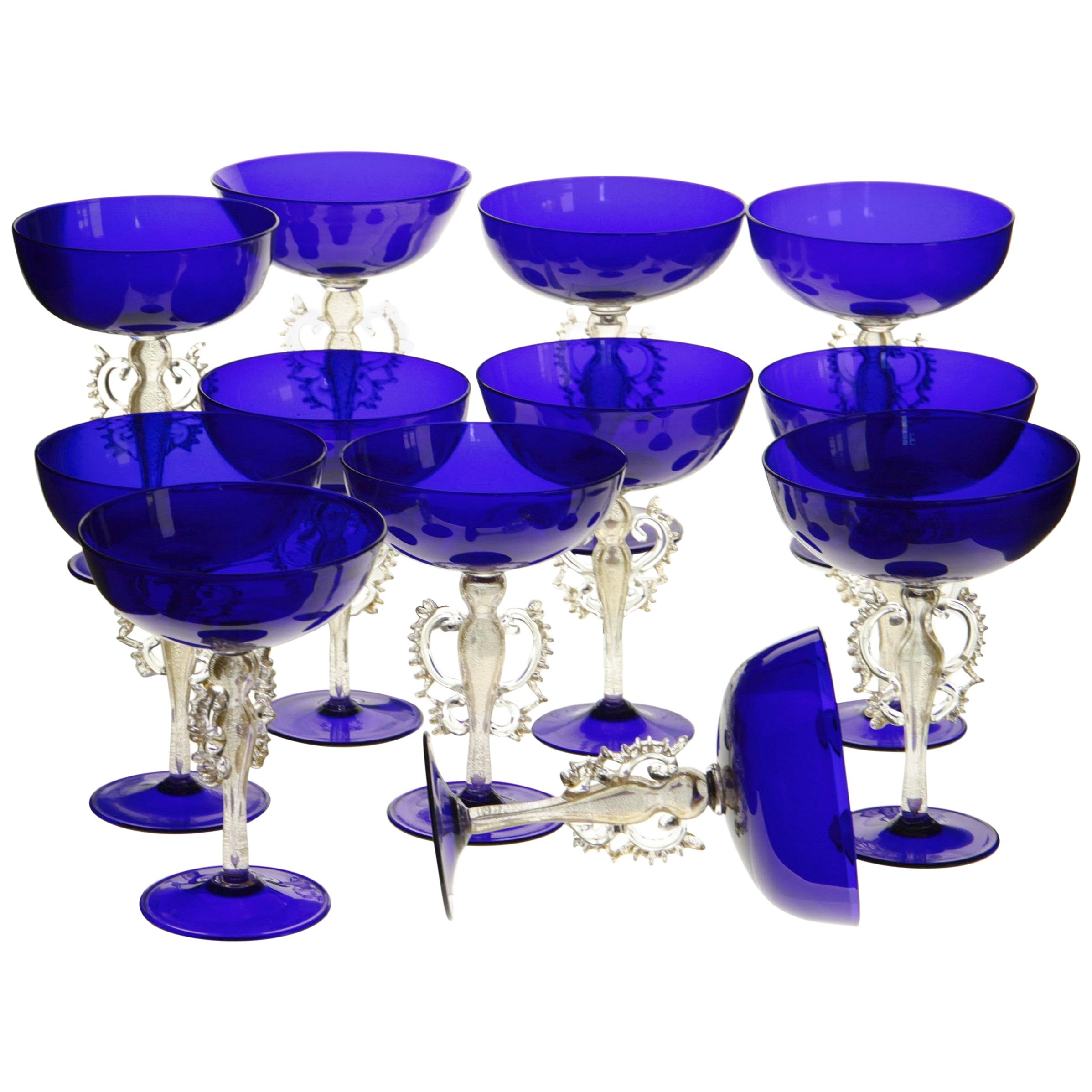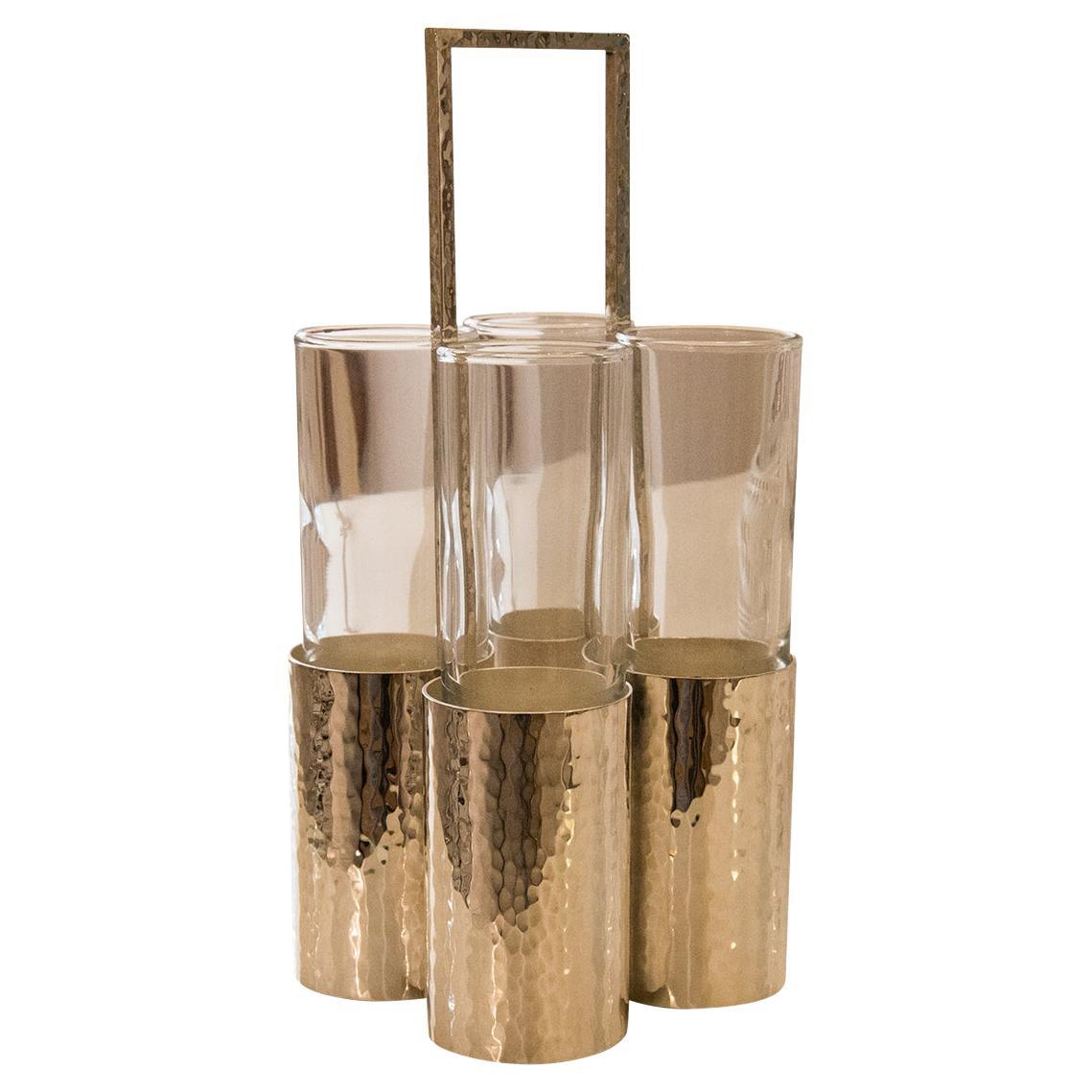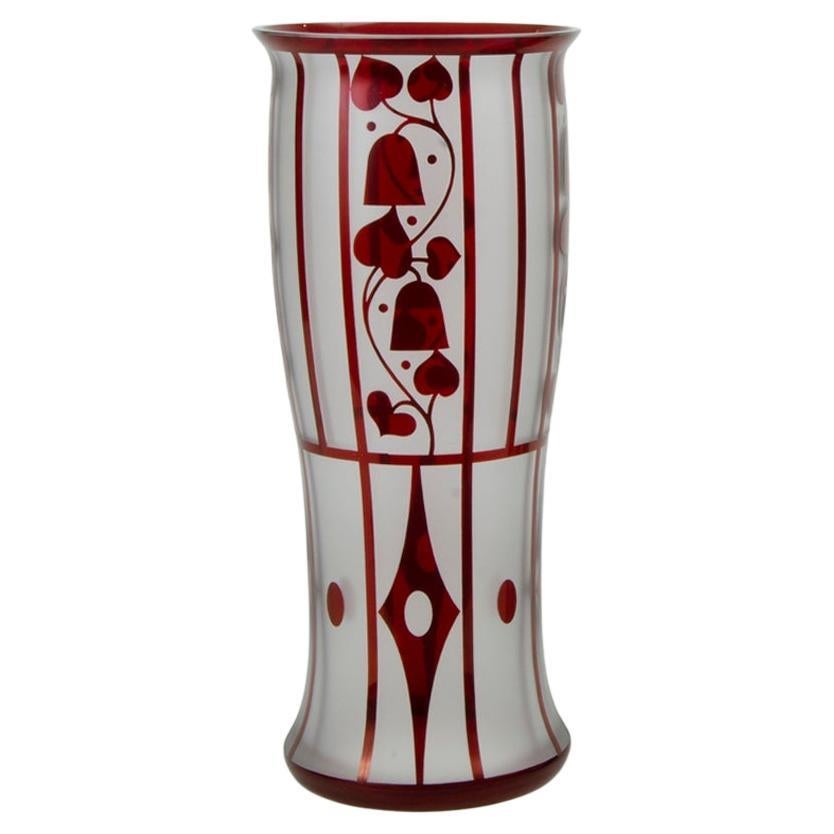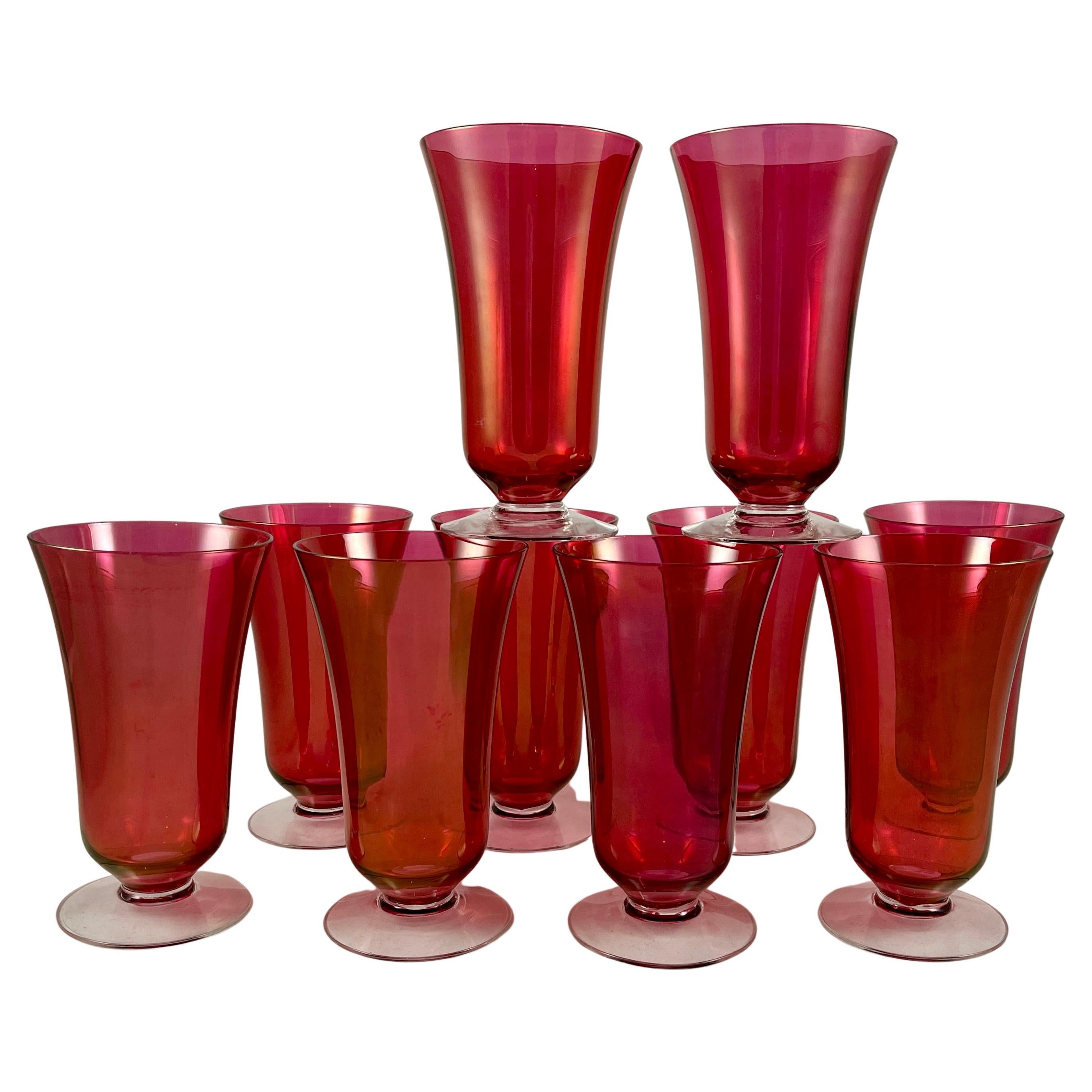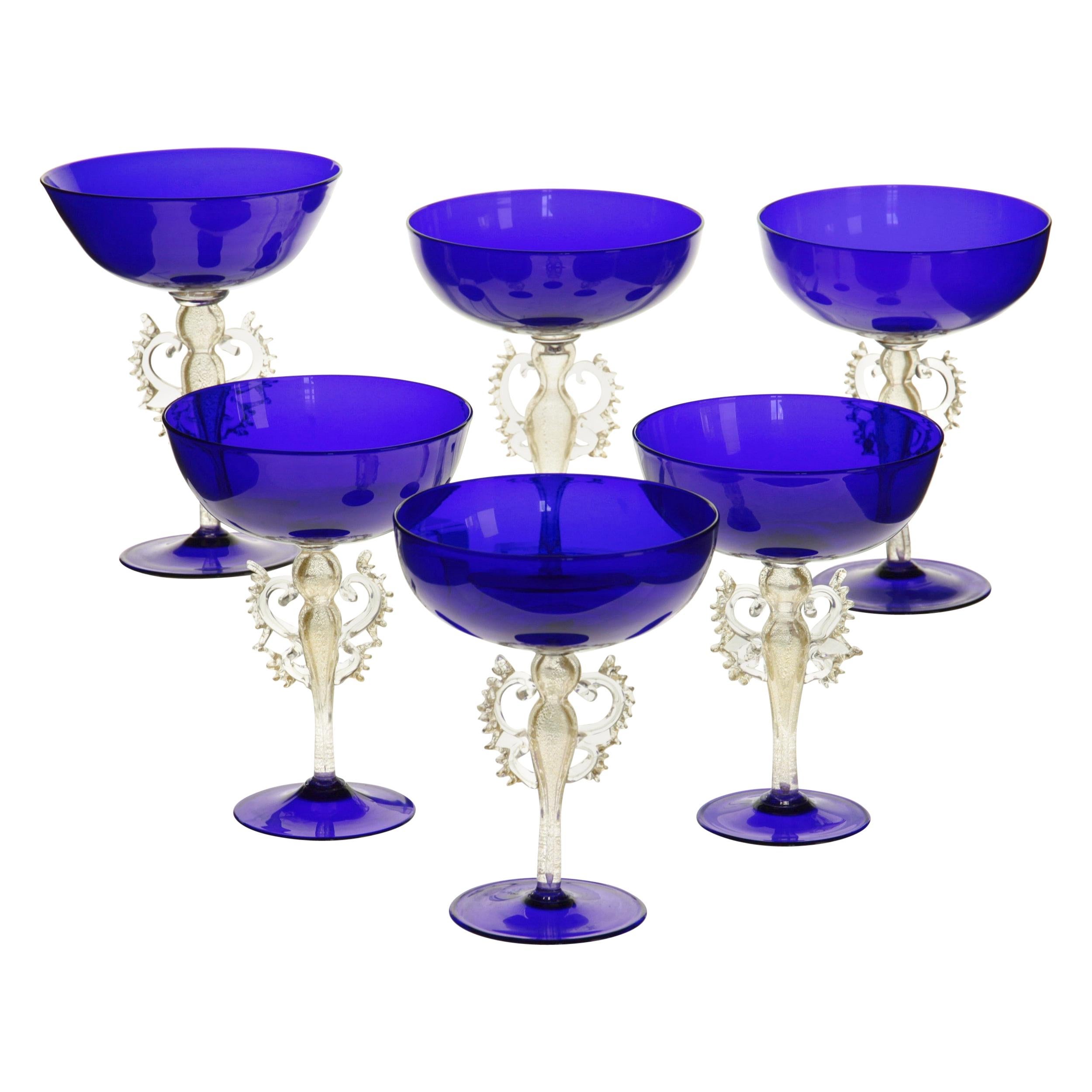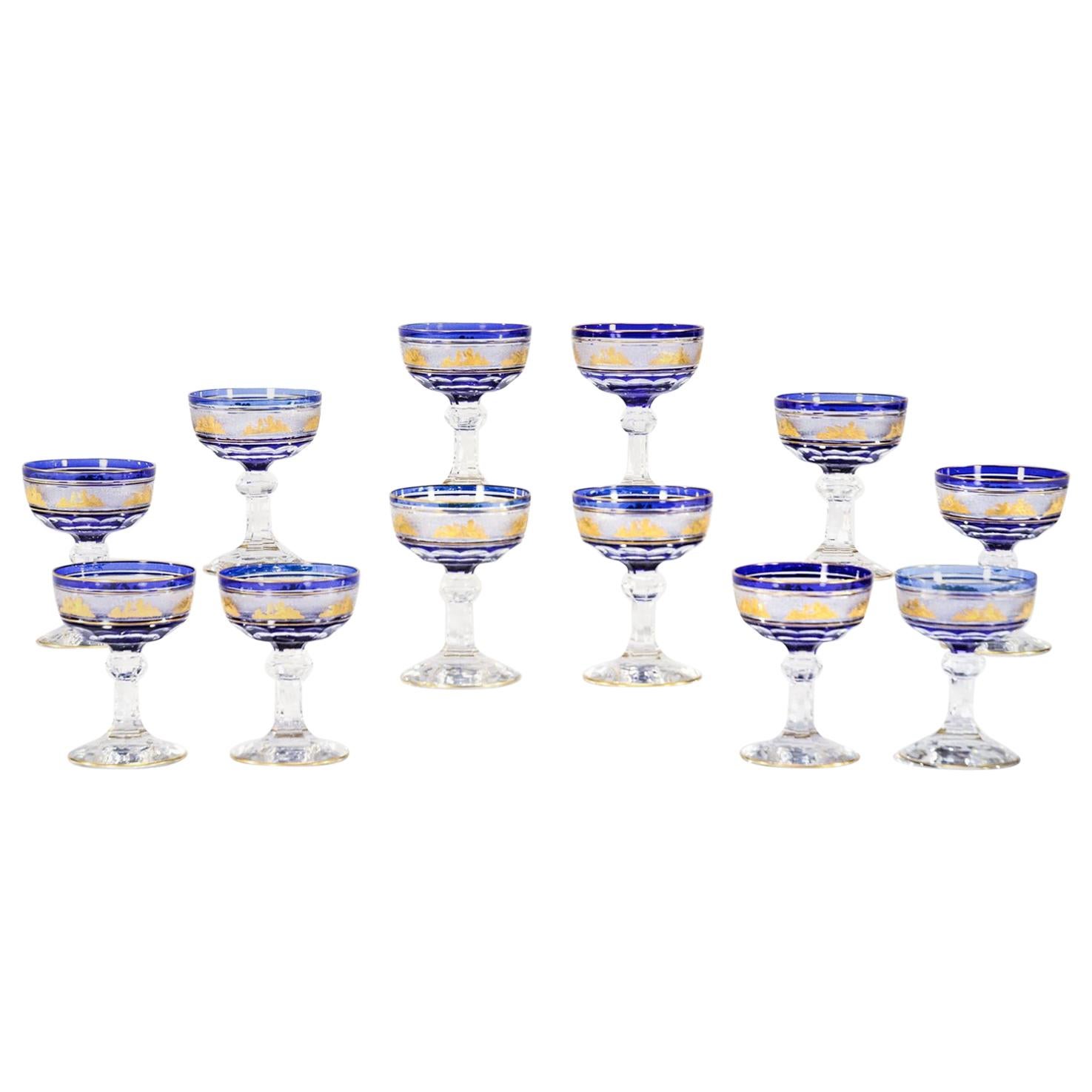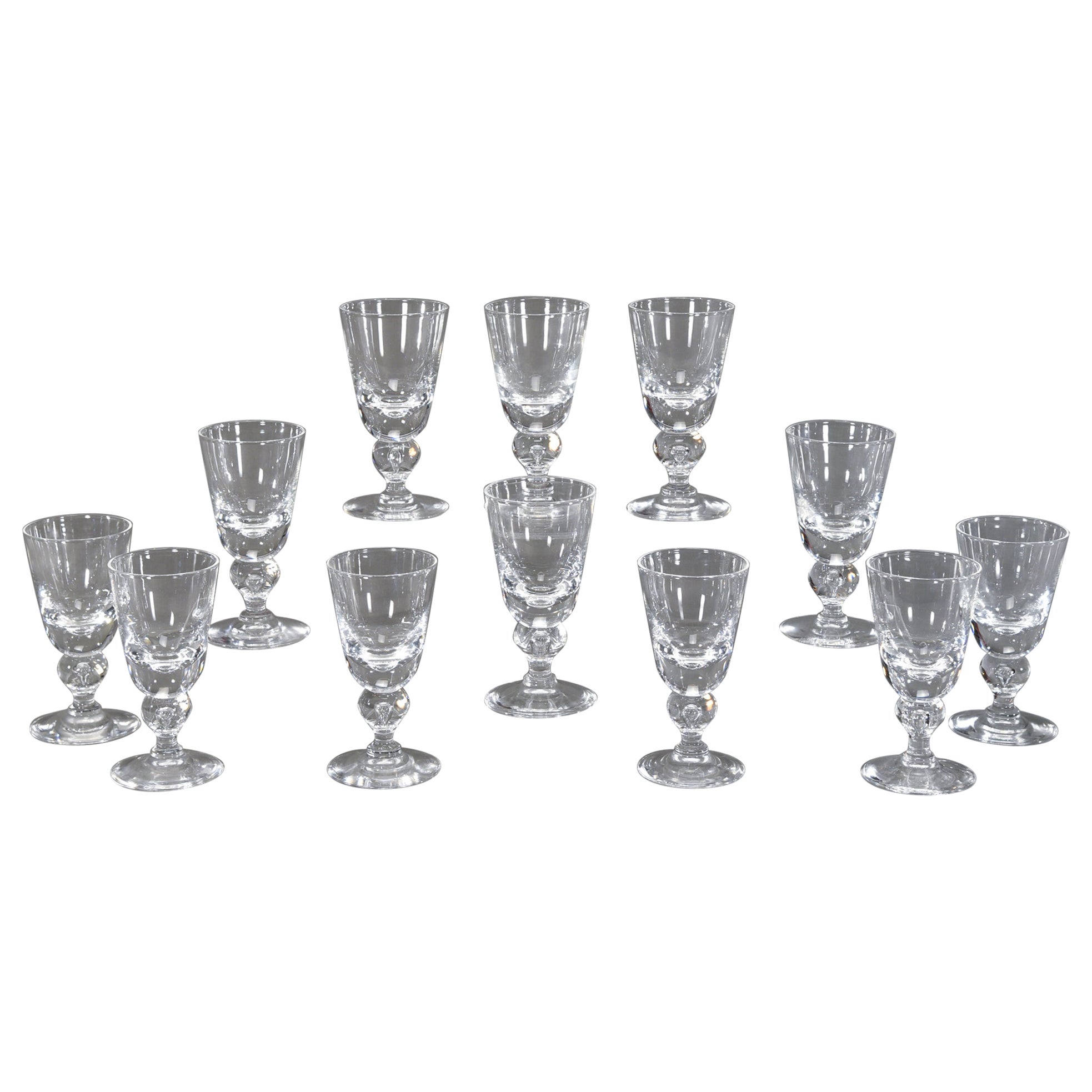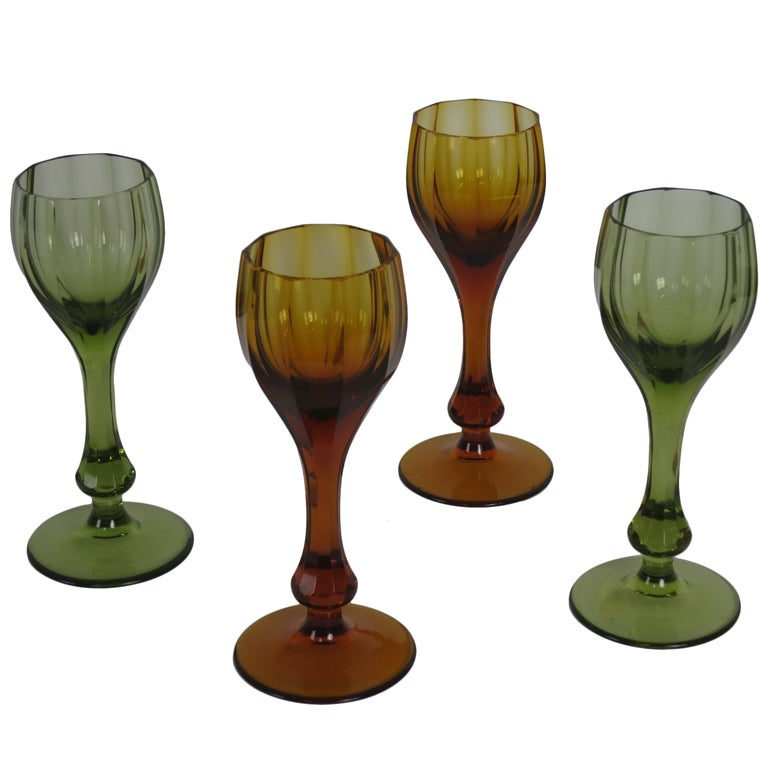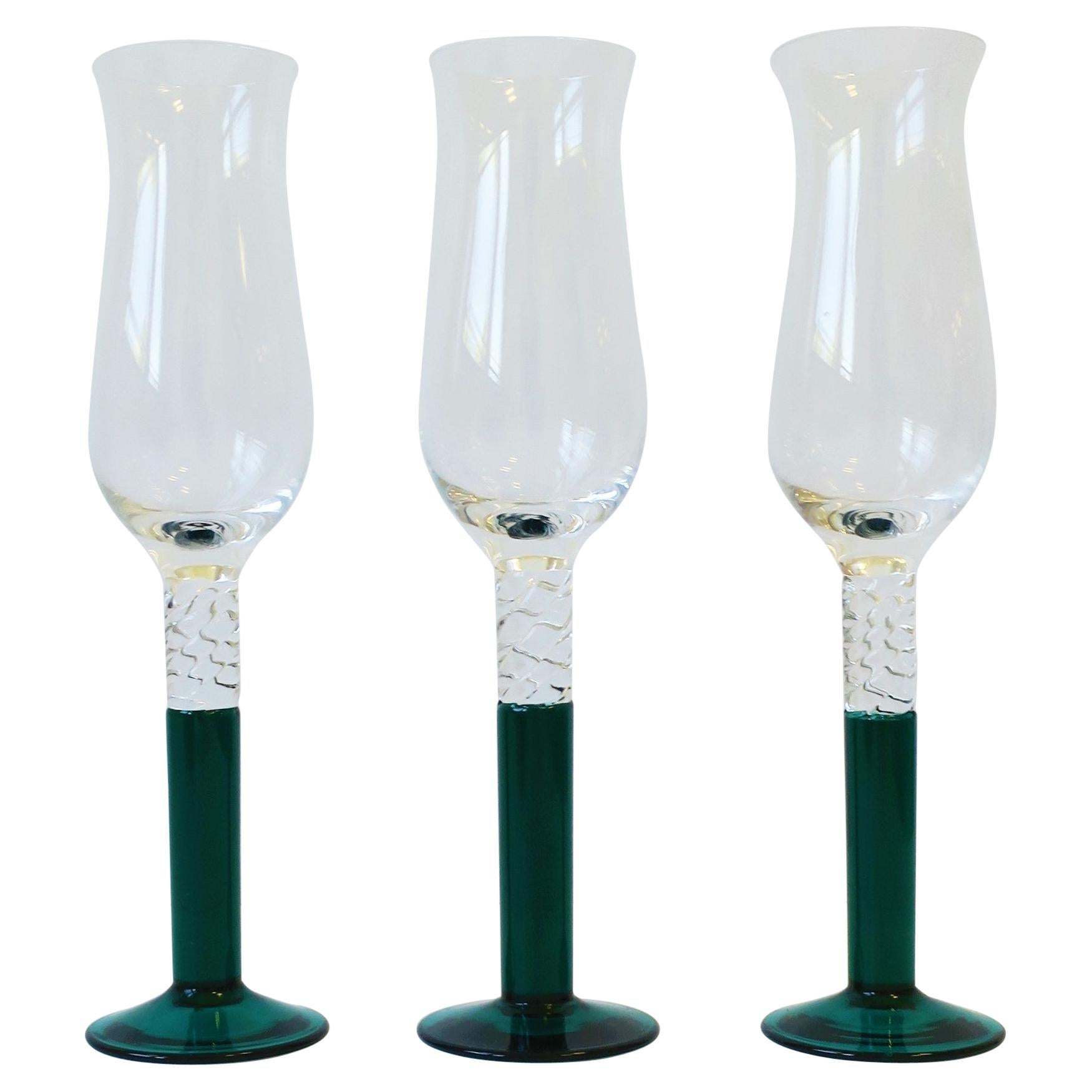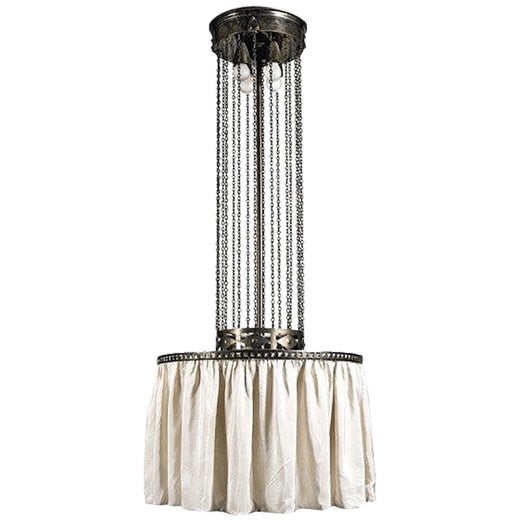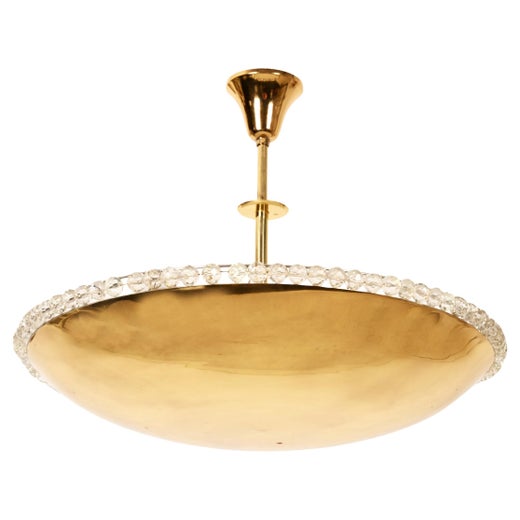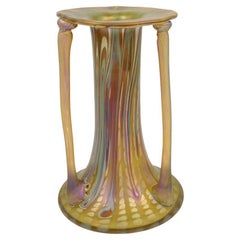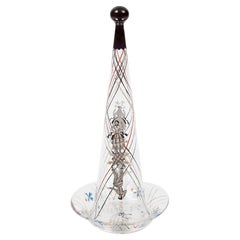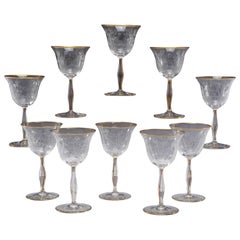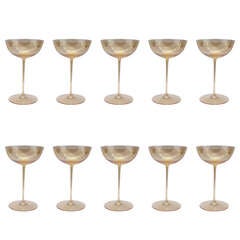
Ten Champagne Goblets by Josef Hoffmann, circa 1920
View Similar Items
Ten Champagne Goblets by Josef Hoffmann, circa 1920
About the Item
- Creator:Josef Hoffmann (Designer),J.L Lobmeyr (Manufacturer)
- Dimensions:Height: 6.07 in (15.4 cm)
- Sold As:Set of 10
- Style:Jugendstil (Of the Period)
- Place of Origin:
- Period:
- Date of Manufacture:circa 1920
- Condition:Wear consistent with age and use.
- Seller Location:Vienna, AT
- Reference Number:1stDibs: LU9825859823
Josef Hoffmann
The Austrian architect Josef Hoffmann was a central figure in the evolution of modern design, and a leader in an aesthetic movement born in Europe in the late 19th century that rejected florid, extravagant ornamentation in favor of a new emphasis on simplicity of line.
As a founder of the Vienna Secession — a union of artists and designers determined to upend Austria’s artistic conservatism — and later, a founder of the turn-of-the-century Wiener Werkstätte (in English: the Viennese Workshops), a design cooperative that produced superbly crafted furniture and housewares, Hoffmann was a pioneering practitioner of what would become a fundamental principle of modernism: that good design is a way of life.
Hoffmann came of age amidst a shift in the culture of the applied arts, as a conservative order that looked only to the past for inspiration was pushed aside. But what, exactly, would replace that order was in question — and Hoffmann’s career embodies the developing patterns of design’s new spirit. His architectural work reflects his time as a student of the Vienna architect Otto Wagner, who disdained excessive decoration and employed new materials such as steel girders and reinforced concrete to create buildings with airy, open interiors full of light.
As a designer of furniture and interiors, Hoffmann was consistently open-minded about the aesthetics he explored. He was an early adherent of the flowing, organic forms of the Art Nouveau design movement that began to flourish in the late 1880s — but by the opening of the Wiener Werkstätte in 1903, Hoffmann’s designs embraced the beauty of geometry in pieces that feature grids and angular forms.
Hoffmann’s greatest works reflect his ability to combine seemingly conflicting design visions into coherent wholes. His architectural masterpiece, the Stoclet Palace in Brussels, has an exterior that groups together simple geometric forms and spacious interiors marked by subtly naturalistic design details that lend rooms an air of charm and geniality.
Hoffmann’s signature furniture design is an adjustable lounge chair — the Sitzmaschine (1905) — that marries a curving frame with square and rectangular back- and side rests. This piece, like so many others by Hoffmann, reflects a groundbreaking, forward-thinking appreciation for the union of different looks and sources that marks the best of interior design in our own day. Moreover, items offered on 1stDibs — which range from enameled silver jewelry, to silver flower vase baskets and other decorative objects, to sofas, lighting pendants and sconces — testify to the astonishing breadth of Hoffman’s creative pursuits. He was truly a giant of design.
J.L Lobmeyr
The venerable Austrian firm J. & L. Lobmeyr is one of the world’s premier glassware makers and purveyors, noted especially for its lighting and tableware designs. Headquartered in Vienna, Lobmeyr has won numerous illustrious commissions in its nearly two centuries in business, including the chandeliers for the Hapsburg monarchy’s Schönbrunn Palace, Lincoln Center — which is home to the Metropolitan Opera in New York City — and the Kennedy Center in Washington, D.C.
Lobmeyr is still family owned and managed. The company was founded by glass trader Josef Lobmeyr in 1823. It thrived during the long tenure of his son Ludwig, who built a network of manufacturers and artisanal workshops in Bohemia — central Europe’s revered glass-making region, now part of the Czech Republic — and earned imperial patronage. (He also collaborated with Thomas Edison to create the first electric chandelier, in 1883.) His nephew, Stefan Rath, who took over as head of Lobmeyr in 1917, introduced modernist design to the company repertoire, contracting with designers such as Josef Hoffmann, Adolf Loos, Otto Prutscher and Michael Powolny to create tableware.
Lobmeyr has never been married to a dominant in-house design type. The firm has produced chandeliers and sconces in styles as various as neo-Baroque, Rococo, neoclassical (or Louis XVI), Art Nouveau, minimalist and “sputnik” mid-century modern. As you will see from the offerings available on these pages, Lobmeyr can bring a sense of grandeur suitable to any décor.
Find vintage J. & L. Lobmeyr lighting and other furnishings on 1stDibs.
You May Also Like
Antique Early 1900s Austrian Jugendstil Glass
Glass, Blown Glass
Vintage 1910s Austrian Jugendstil Glass
Glass
Antique 1890s Austrian Art Nouveau Glass
Crystal
Mid-20th Century Italian Modern Barware
Gold Leaf
2010s Austrian Jugendstil Serving Pieces
Silver Plate, Brass
Vintage 1910s Austrian Art Nouveau Glass
Glass, Art Glass
